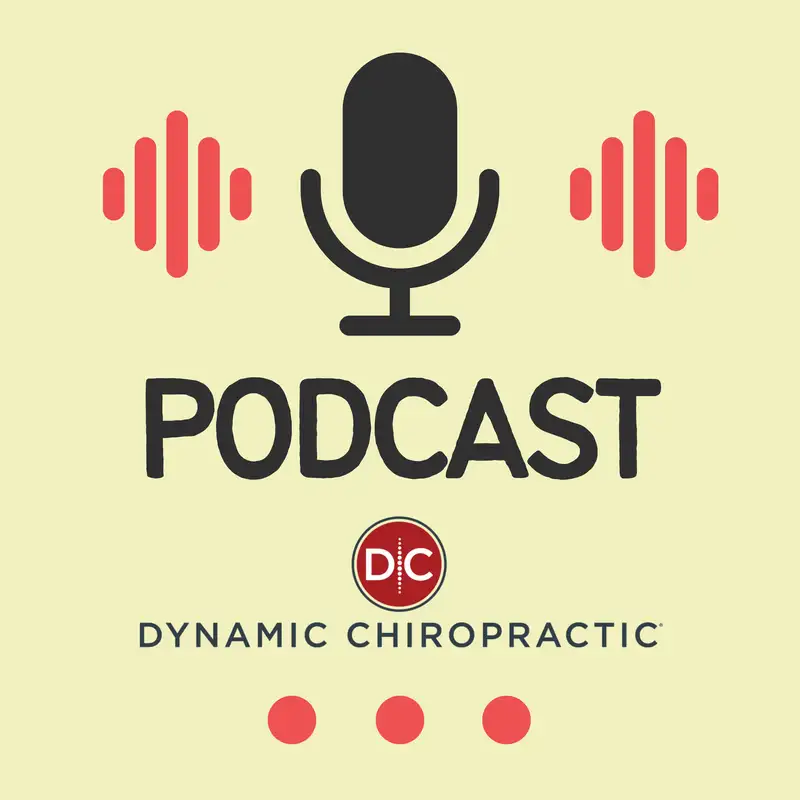From Sciatica to Brain Tumor: A Life-Saving Diagnosis
The article "From Sciatica to Brain Tumor: A Life-Saving Diagnosis" presents a critical case study underscoring the importance of vigilance in chiropractic practice. A 42-year-old male, previously treated successfully for a disc herniation with conservative chiropractic care, returns with excruciating low back pain, right leg pain, new headaches, and nausea. While his symptoms initially seemed similar to his prior presentation, a comprehensive examination revealed alarming neurological red flags: a positive Babinski sign and bilateral ankle clonus.
These findings are crucial as they clearly indicate upper-motor neuron involvement and central nervous system malfunction, signaling a serious underlying issue beyond a typical lumbar disc problem. The article stresses that despite previous success with conservative treatment, these warning signs demand immediate escalation. The appropriate course of action is an immediate referral to the emergency room for an MRI and neurosurgical consultation, as delaying diagnosis could lead to irreversible neurological damage. In this specific case, swift action led to the diagnosis of a glioma grade II, a slow-growing brain tumor. This serves as a potent reminder that while conservative care is highly effective, chiropractors must recognize critical red flags and refer appropriately, as vigilance saves lives.
These findings are crucial as they clearly indicate upper-motor neuron involvement and central nervous system malfunction, signaling a serious underlying issue beyond a typical lumbar disc problem. The article stresses that despite previous success with conservative treatment, these warning signs demand immediate escalation. The appropriate course of action is an immediate referral to the emergency room for an MRI and neurosurgical consultation, as delaying diagnosis could lead to irreversible neurological damage. In this specific case, swift action led to the diagnosis of a glioma grade II, a slow-growing brain tumor. This serves as a potent reminder that while conservative care is highly effective, chiropractors must recognize critical red flags and refer appropriately, as vigilance saves lives.

